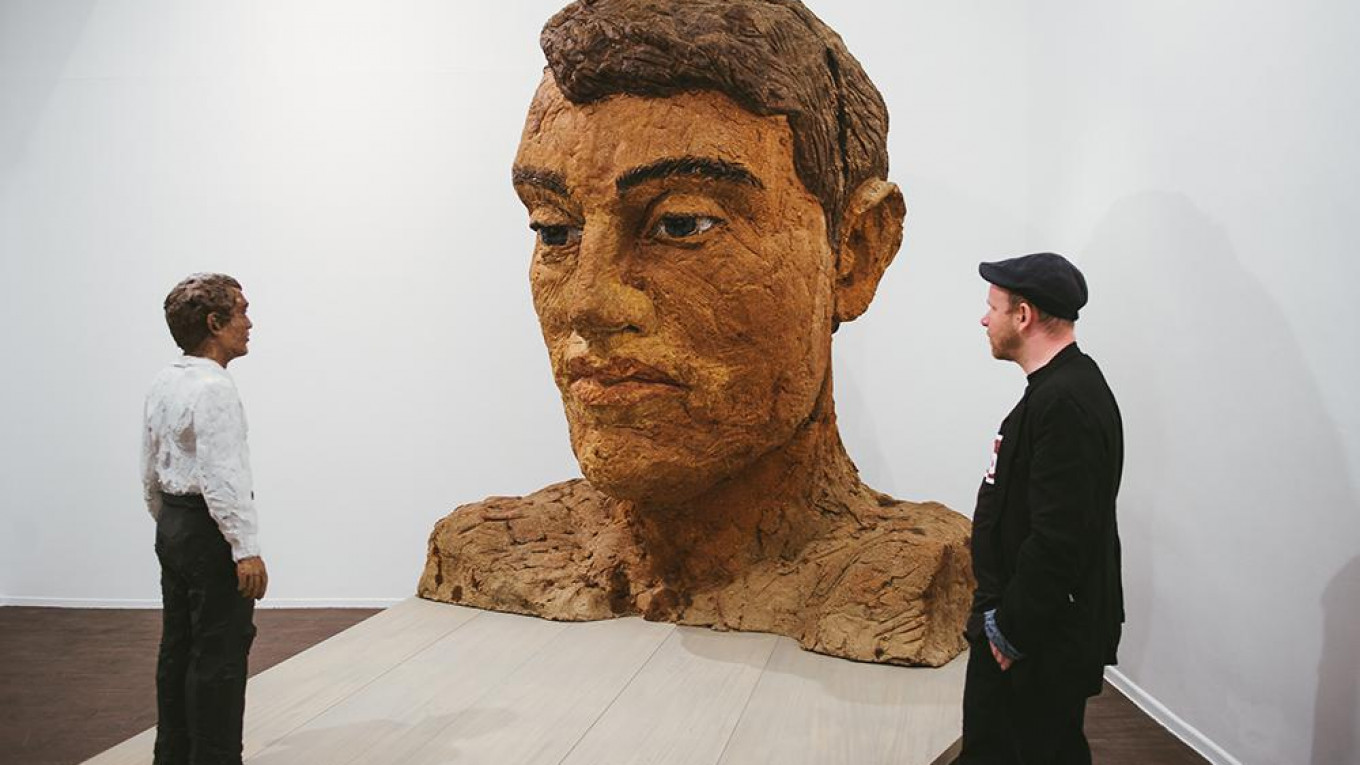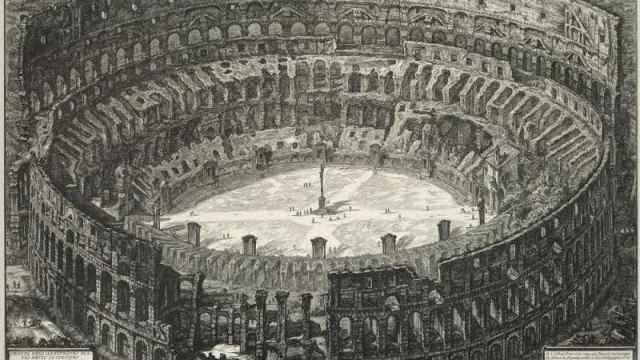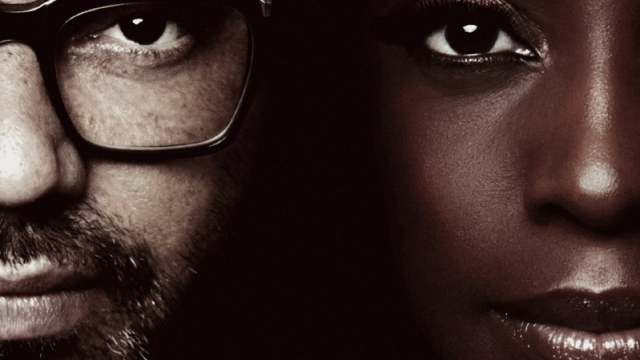The Moscow Museum of Modern Art (MMOMA) has opened one of its best shows in recent years.
“Stephan Balkenhol: Sculptures and Reliefs” is a retrospective of the renowned German artist best known for his figurative wooden sculptures.
Born in 1957, Balkenhol began producing artwork in the early 1980s. His favorite material has always been wood — particularly cedar and silver fir — honoring a tradition going back to medieval Europe. “The tree dies and then an artist comes and animates it again. That is the process of making a sculpture,” says Matthias Winzen, the curator of the exhibition, about the artist’s creative process.
Unlike his historic predecessors however, Balkenhol creates anonymous-looking, everyday human figures. He leaves his works unpolished, with rough surfaces and cuts, reflecting the imperfections of real life. “Stephan addresses traditional art and he is in a dialogue with it, but otherwise, his work is rooted in contemporary reality,” says Winzen, referring to the Balkenhol as both “post-abstract and post-conceptual.”
The central figure in many of Balkenhol’s works is a man dressed in a white shirt and black pants. “It’s not simply a funny puppet, like a Punch and Judy show. I wouldn’t say these figures have soul, but they are somehow animated, there’s something in them. But it’s not portraiture, it’s just a figure that is there,” says Winzen. The figures often have bland, expressionless faces and with their plain clothing, they have a somewhat timeless air. As a viewer, you’re drawn to the blank canvas and the meaning it proffers.
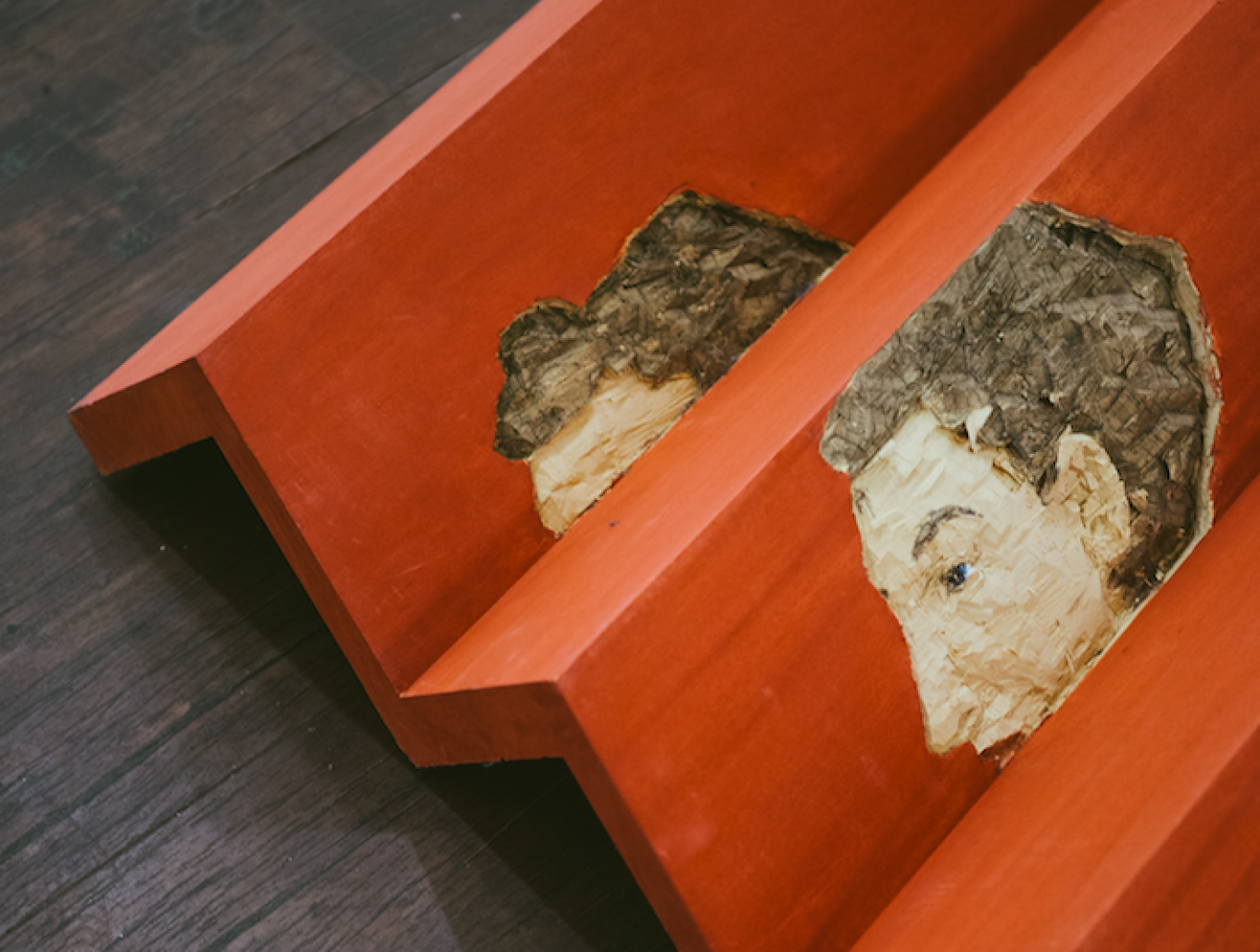
“What he really does is an almost conceptual reduction of the artwork to a question: ‘What is human?’ What is human if you take away so called psychological individuality or social status? The figure functions as a mirror,” says Winzen. “You can’t help but see a human figure and then on second glance you see that it’s wood. It’s a mirror made from wood asking you as a viewer ‘What am I perceiving? Who am I?”
Some of Balkenhol’s works represent religious figures as they might look today, including Christ and Madonna-like sculptures. Asked whether he feels concerned about recent outbursts from Orthodox activists who have targeted artworks depicting Christian themes in an untraditional way, the artist was unflustered.
“My works, of course, are related to religion and explore this theme in their own way. But there is no intention of any sort of blasphemy or any action against the church. Some of my works have been exhibited at a Catholic church in Kassel and for that we had a discussion with official church representatives,” says Balkenhol. “The result was an understanding that although religion is treated in an unorthodox way in my works, I don‘t want to do religion any harm. For me this is also connected to the notion of freedom of art and artistic creation.”
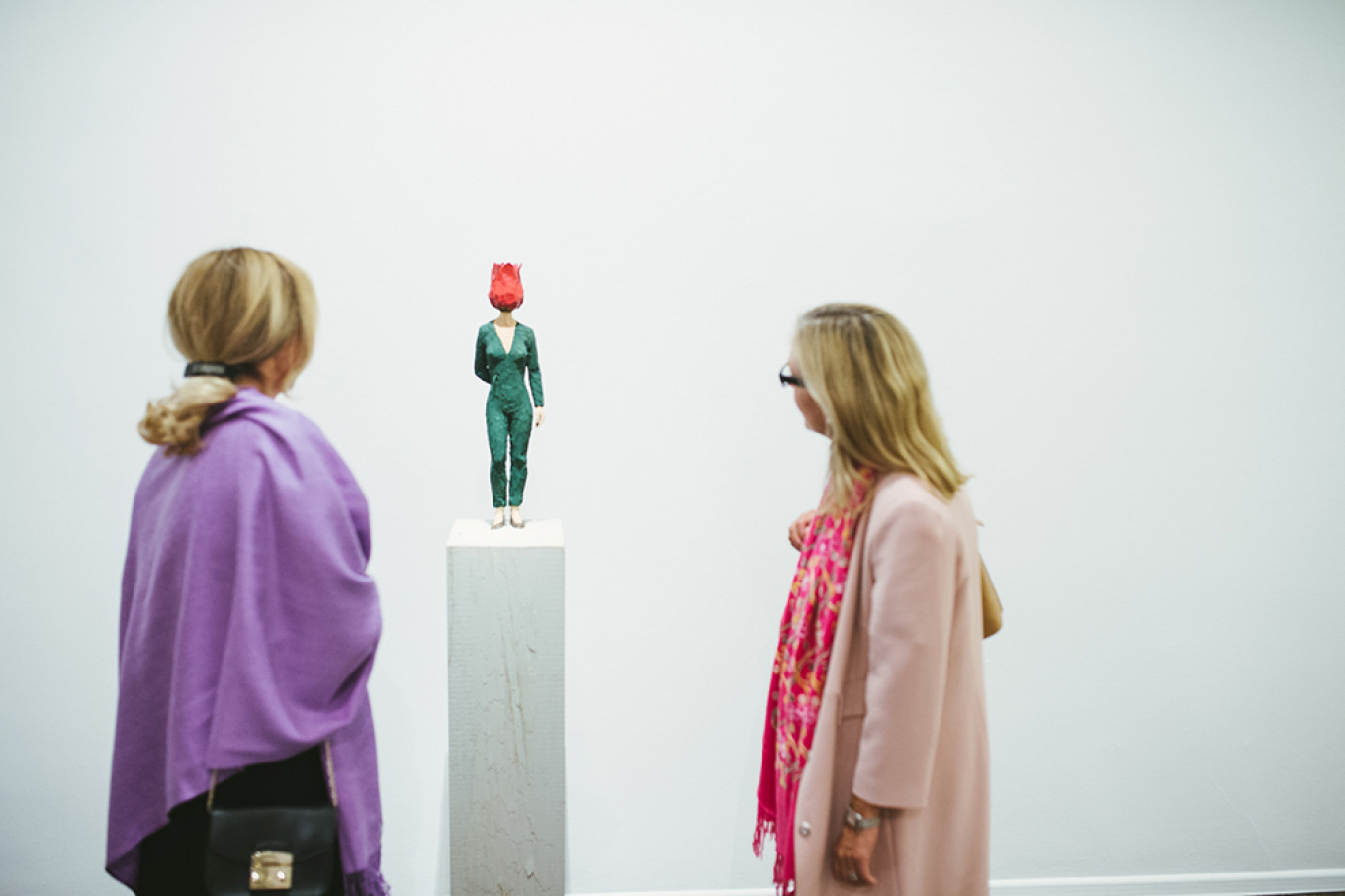
Balkenhol sees his art and his life as one and the same. “A real artist stays an artist on a twenty-four-seven basis. For my creative vision everything matters, everything that I feel and experience in life. I believe the most exciting and beautiful thing in art is that you can create something that doesn’t yet exist.” The exhibition at MMOMA has been adapted to the local context and the exhibition space. Some of the works were specifically created for the Moscow show, and connect with both iconography and iconoclasm.
One of them is a wooden “black square” in a golden frame, with a fingerprint on the back. The artwork is in obvious dialogue with Kazimir Malevich and the issue of authenticity in the art world. There are also a couple of wooden reliefs, reminiscent of the Moscow cityscape.
Featuring more than 50 of Balkenhol’s works, including the artist’s sketches, the retrospective continues MMOMA’s series of exhibitions introducing contemporary German art to Moscow audiences, including “The Paths of German Art from 1949 to the Present Day” and the “Appeal for an Alternative” retrospective exhibition of Joseph Beuys in 2012.
Given the buzz surrounding Balkenhol and his latest show, it seems likely that this retrospective will be remembered as a highlight of the autumn cultural season.
“Stephan Balkenhol: Sculptures and Reliefs” runs through Nov. 13 at MMOMA. 10 Gogolevsky Bulvar. Metro Kropotkinskaya. mmoma.ru
A Message from The Moscow Times:
Dear readers,
We are facing unprecedented challenges. Russia's Prosecutor General's Office has designated The Moscow Times as an "undesirable" organization, criminalizing our work and putting our staff at risk of prosecution. This follows our earlier unjust labeling as a "foreign agent."
These actions are direct attempts to silence independent journalism in Russia. The authorities claim our work "discredits the decisions of the Russian leadership." We see things differently: we strive to provide accurate, unbiased reporting on Russia.
We, the journalists of The Moscow Times, refuse to be silenced. But to continue our work, we need your help.
Your support, no matter how small, makes a world of difference. If you can, please support us monthly starting from just $2. It's quick to set up, and every contribution makes a significant impact.
By supporting The Moscow Times, you're defending open, independent journalism in the face of repression. Thank you for standing with us.
Remind me later.


